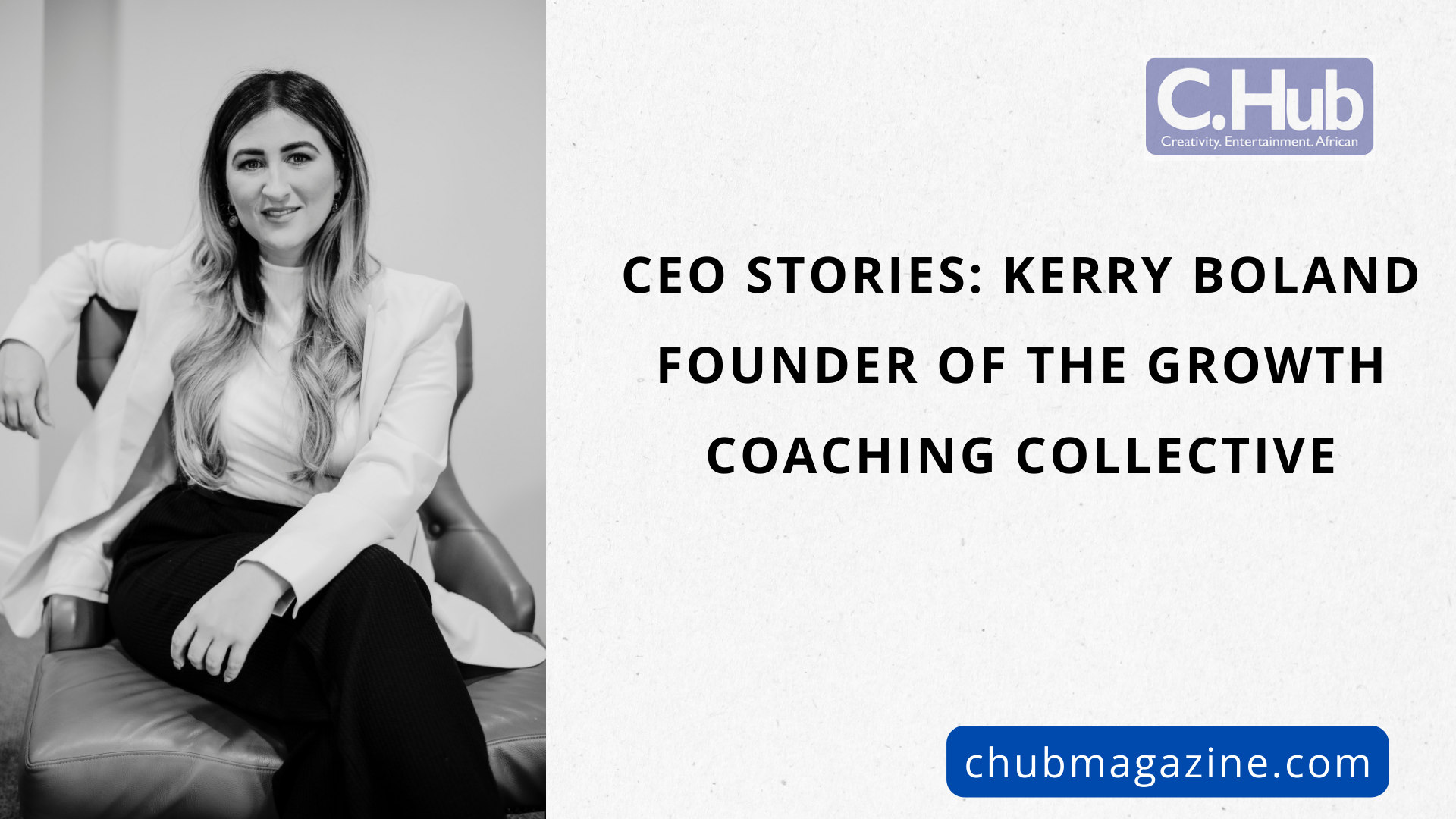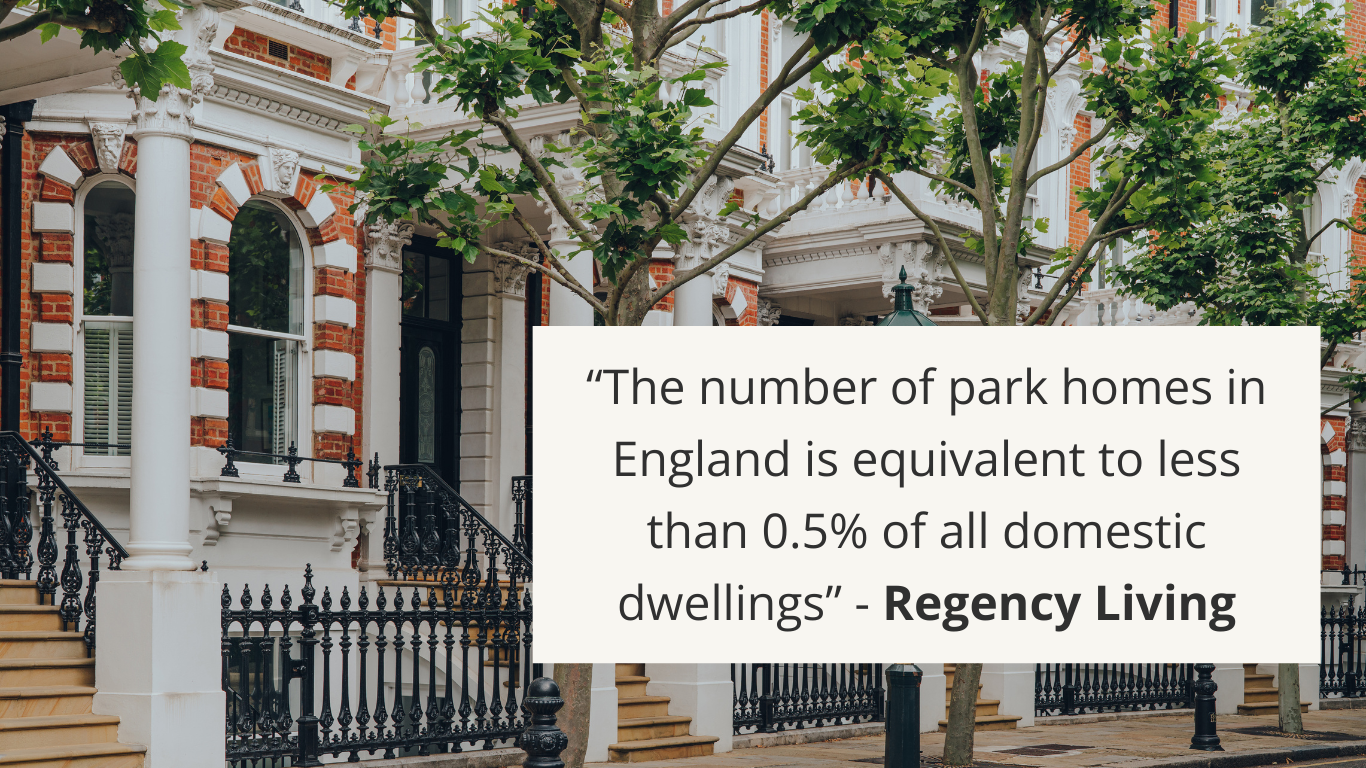
Often considered as a ‘white people thing’ by black people themselves, techno music conquered all the trendiest dancefloors of the world. Radio stations, clubs and festivals 3 decades after its big bang, electronic music is worldwide mainstream. Yet it is hard to believe that it was created by black DJs in a city more famous for the Motown label and Ford factories.
In the early eighties a trio of pioneers in Detroit began merging the sounds of synthpop and Italo-disco with funk. Juan Atkins, Derrick May, and Kevin Saunderson were high school friends who went to dance parties where the music ranged from Kraftwerk to Parliament. They listened to an influential radio DJ, The Electrifying Mojo, who played European imports alongside Prince, The Wizard (aka Jeff Mils) and the B-52’s. In 1981 Atkins and Richard Davies, aka 3070, started releasing records as Cybotron. Techno was born.

Around the same time, in Bronx the infant hip-hop community picked up elements of Kraftwerk’s music, thanks to DJs like Afrika Bambaataa and Grandmaster Flash, and created electro. Electro relied heavily on synthesized beats and computery vocoder voices. In 1982, Afrika Bambaataa took the melody from Kraftwerk’s “Trans-Europe Express,” combined it with the distinctive beat from Kraftwerk’s “Numbers,” and composed the anthem “Planet Rock.” Electro spawned the idea of the funky computer. MCs rapped over its beats, and breakdancers formed a new culture in the cities where electro reigned.
In Chicago and New York, house music was taking a similar path. Larry Levan, Frankie Knuckles, Ron Hardy, and other DJs were spinning synthesizer-driven dance music and creating their own edits and mixes. Before long, Chicago radio caught on with the Hot Mix 5 on WBMX, and locals began creating their own tracks to play.

Techno, electro, and house were made possible by new, inexpensive technology. The Roland TR-808, a programmable drum machine released in late 1980, formed the distinctive sound for the entire electro genre and was used in countless early techno and house tracks.
Electronic music is everywhere
In the late eighties and early nineties, something odd happened. Although the music failed to gain mainstream audiences in the US, it became a huge phenomenon in Europe, especially in Great Britain. The term Techno was popularized by Virgin Records’ seminal UK compilation Techno! The New Dance Sound Of Detroit.
Around 1990 raves began to appear near London. Most organizers of these large, illegal parties made their money dodging British licensing laws. Sometimes the location was a secret until the night of the event, and elaborate phone trees and rendezvous points were employed. Hundreds of ravers would descend simultaneously, making the parties more difficult to break up.
For a brief time in the U.K., rave music went pop. In the late 90’s for a while the record industry tried to push pop music despite of electronic. But the success was already established in Europe. Detroit Techno took a new strand of music which absorbed European tastes and influences. This introduced a second wave of DJs and producers to the sound including Carl Craig, Richie Hawtin, Jeff Mills and Kenny Larkin
Techno reminds us that humans control the machines, and electronics can be used to express funk and soul. This musical genre first extremely distinctive comes with pop tones and each summer make a hit. International DJs from across the world make so much money to play their EDM, Techno, Electro, House sets in festivals and posh evening. Hard to believe that less than 20 years ago techno was considered an underground movement.














Comment